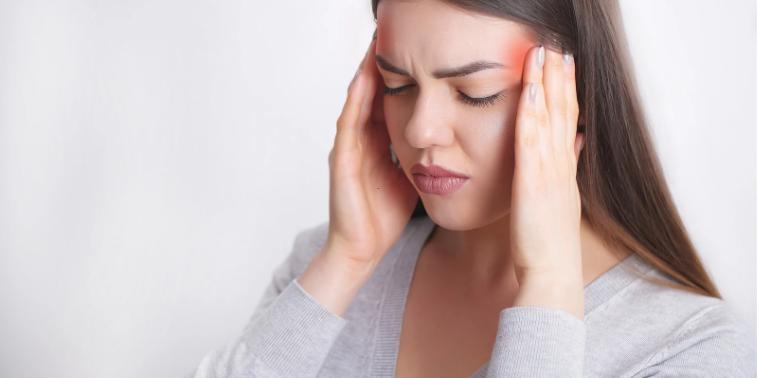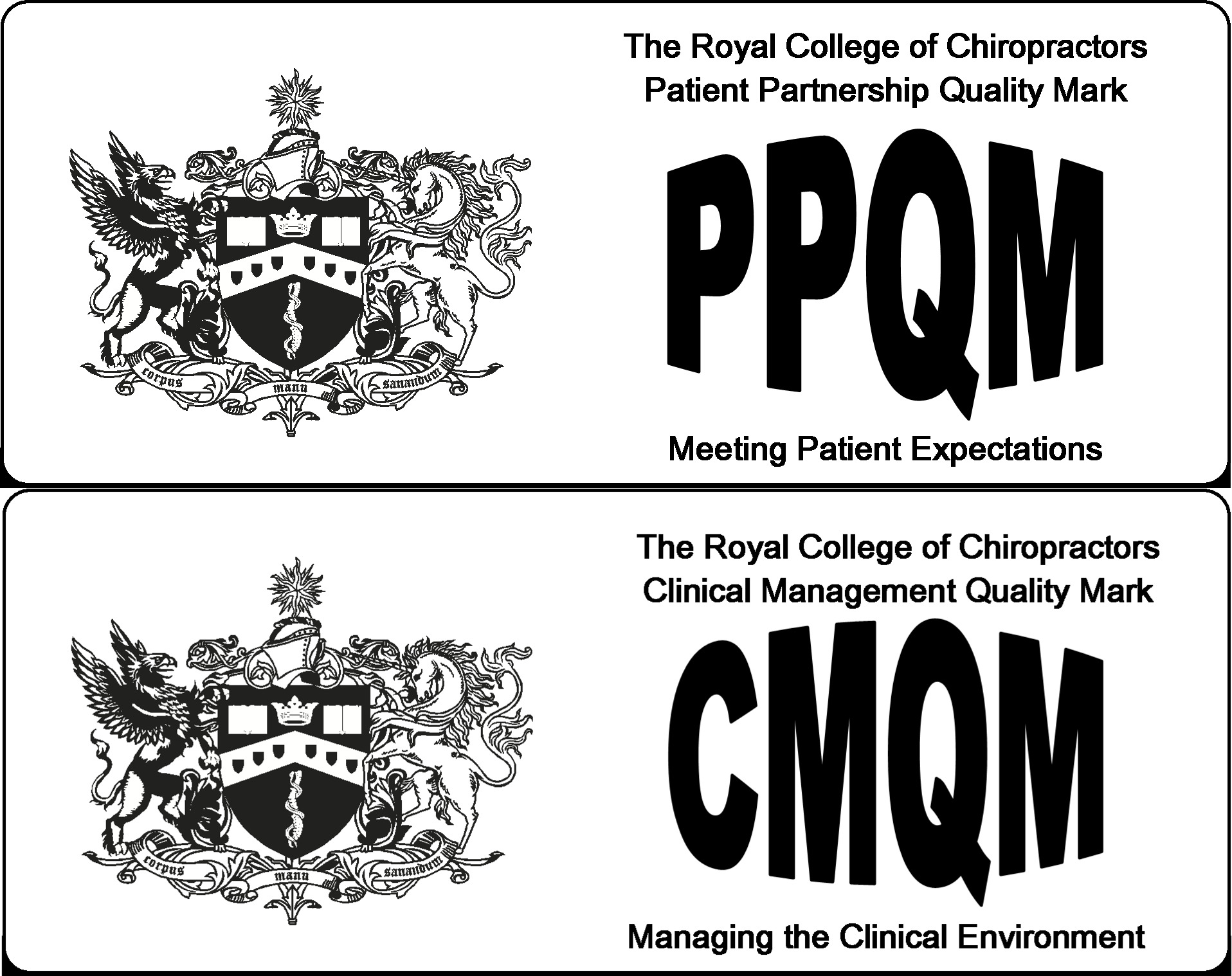Headaches and migraines are common ailments that affect millions of people in the UK. These conditions can range from mild, occasional discomfort to severe, debilitating pain that impacts daily life. Understanding the different types of headaches, their causes, and effective treatments is crucial for managing symptoms and improving quality of life. In this blog, we’ll explore the distinctions between headaches and migraines, discuss how to get rid of headaches and provide tips for managing tension headaches.
Experience the Benefits of Chiropractic Care Today
Types of Headaches
Headaches are broadly categorized into primary and secondary headaches. Primary headaches are not caused by another medical condition, while secondary headaches are a symptom of an underlying issue.
- Primary Headaches:
- Tension Headaches: These are the most common type of headache. They often feel like a tight band around the head, with pressure and mild to moderate pain.
- Migraines: Migraines are intense headaches often accompanied by other symptoms such as nausea, vomiting, and sensitivity to light and sound. They can last from a few hours to several days.
- Cluster Headaches: These are severe headaches that occur in clusters, typically around one eye or on one side of the head, often accompanied by watery eyes and nasal congestion.
- Secondary Headaches:
- These headaches result from another condition, such as sinus infections, head injury, or high blood pressure.
Causes of Headaches and Migraines
Understanding the causes of headaches and migraines is essential for effective treatment. Common triggers include:
- Stress: Emotional and physical stress can lead to tension headaches and migraines.
- Diet: Certain foods and drinks, such as alcohol, caffeine, and processed foods, can trigger headaches.
- Sleep: Lack of sleep or irregular sleep patterns can contribute to headaches.
- Hormones: Hormonal changes, particularly in women, can trigger migraines.
- Environment: Bright lights, loud noises, and strong smells can be migraine triggers.
- Posture: Poor posture can lead to muscle tension and headaches.
How to Get Rid of Headaches
Getting rid of headaches involves identifying triggers, making lifestyle changes, and using appropriate treatments. Here are some effective strategies:
- Identify and Avoid Triggers:
- Keep a headache diary to track potential triggers such as foods, activities, and environmental factors. This can help you identify patterns and avoid triggers.
- Stay Hydrated:
- Dehydration is a common cause of headaches. Ensure you drink plenty of water throughout the day.
- Manage Stress:
- Practice stress-relief techniques such as meditation, deep breathing exercises, and yoga. Regular physical activity can also help reduce stress levels.
- Maintain a Regular Sleep Schedule:
- Aim for 7-9 hours of sleep per night and maintain a consistent sleep schedule, even on weekends.
- Eat a Balanced Diet:
- Avoid skipping meals and eat a balanced diet rich in fruits, vegetables, lean proteins, and whole grains. Limit caffeine and alcohol intake.
- Use Over-the-Counter Medications:
- Pain relievers such as ibuprofen, aspirin, and paracetamol can be effective for relieving mild to moderate headaches. Always follow the recommended dosage and consult a healthcare provider if you have any concerns.
- Practice Good Posture:
- Poor posture can lead to tension headaches. Ensure your workstation is ergonomically designed and take breaks to stretch and move around.
- Seek Professional Help:
- If headaches persist despite self-care measures, consult a healthcare provider. They can help identify underlying causes and recommend treatments such as prescription medications, physical therapy, or other interventions.
Managing Tension Headaches
Tension headaches are characterized by a dull, aching pain and a sensation of tightness or pressure around the forehead or back of the head and neck. Here are some tips for managing tension headaches:
-
- Relaxation Techniques:
- Progressive muscle relaxation, mindfulness meditation, and deep breathing exercises can help reduce muscle tension and alleviate pain.
- Heat or Cold Therapy:
- Applying a warm compress to the neck and shoulders or a cold pack to the forehead can provide relief from tension headaches.
- Massage:
- Gently massaging the neck and shoulders can help relieve muscle tension and reduce headache symptoms.
- Exercise:
- Regular physical activity, such as walking, swimming, or cycling, can help prevent tension headaches by reducing stress and improving overall well-being.
- Proper Hydration:
- As with other types of headaches, staying well-hydrated is crucial for preventing and managing tension headaches.
- Avoid Overuse of Pain Relievers:
- Overuse of over-the-counter pain medications can lead to rebound headaches. Use medications as directed and avoid taking them more than twice a week without consulting a healthcare provider.
- Relaxation Techniques:
Migraines: Specific Strategies
Migraines require more specific management strategies due to their complexity and severity:
- Prescription Medications:
- Triptans and other prescription medications can be effective in treating migraines. Consult a healthcare provider for the appropriate medication.
- Avoid Known Triggers:
- Identifying and avoiding specific triggers such as certain foods, alcohol, or bright lights can help prevent migraines.
- Biofeedback and Cognitive Behavioral Therapy (CBT):
- These therapies can help manage the stress and anxiety that often accompany migraines.
- Supplements:
- Some supplements, such as magnesium, riboflavin (vitamin B2), and coenzyme Q10, have been found to help prevent migraines. Always consult with a healthcare provider before starting any new supplement.
- Alternative Therapies:
- Acupuncture, chiropractic care, and aromatherapy are alternative treatments that some people find helpful for managing migraines.
Conclusion
Headaches and migraines can significantly impact your quality of life, but with the right strategies, they can be effectively managed. By understanding the causes and triggers, making lifestyle changes, and seeking appropriate treatments, you can reduce the frequency and severity of headaches and migraines. Whether you’re dealing with tension headaches or more severe migraines, the key is to find a comprehensive approach that works for you. For UK clients, consulting with healthcare professionals and exploring available resources can provide additional support and relief on your journey to better health.
FAQs
What is the difference between a headache and a migraine?
Headaches are usually less severe than migraines and can be caused by stress, dehydration, or poor posture. Migraines are a type of headache that includes severe, throbbing pain often accompanied by nausea, vomiting, and sensitivity to light and sound.
What are tension headaches?
Tension headaches are the most common type of headache, characterized by a dull, aching pain and a sensation of tightness or pressure around the forehead or back of the head and neck. They are often caused by stress, poor posture, or muscle tension.
How can I get rid of a headache naturally?
Natural remedies for headaches include staying hydrated, practicing relaxation techniques such as deep breathing or meditation, applying a warm or cold compress, and ensuring you get enough sleep. Regular exercise and maintaining good posture can also help prevent headaches.
What triggers migraines?
Common migraine triggers include certain foods and drinks (like caffeine and alcohol), hormonal changes, stress, lack of sleep, bright lights, strong smells, and environmental changes. Keeping a migraine diary can help identify and avoid specific triggers.
How can posture affect headaches?
Poor posture can lead to muscle tension in the neck and shoulders, which can cause tension headaches. Ensuring an ergonomic workspace, taking regular breaks to stretch, and maintaining good posture can help reduce the risk of headaches related to posture.
What treatments are available for migraines?
Treatment options for migraines include prescription medications like triptans, lifestyle changes to avoid triggers, supplements (such as magnesium and riboflavin), alternative therapies (like acupuncture and chiropractic care), and stress management techniques. A healthcare provider can help determine the best treatment plan for you.






